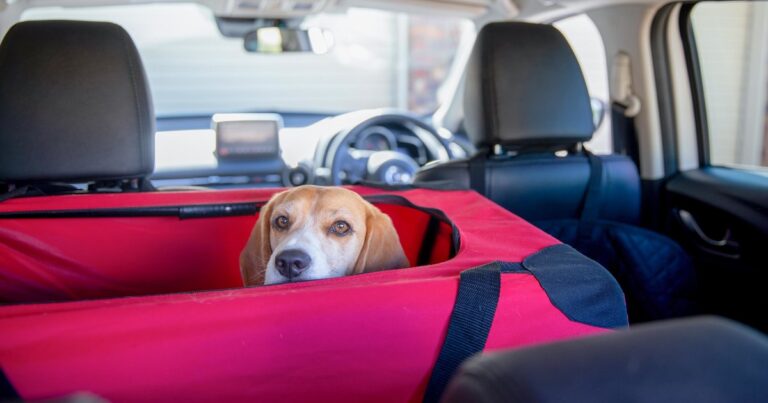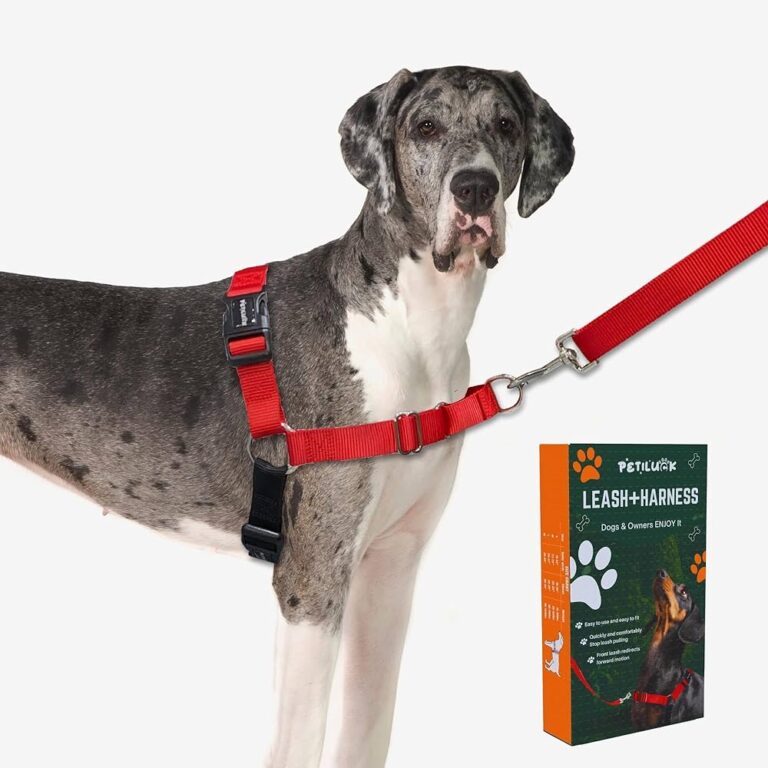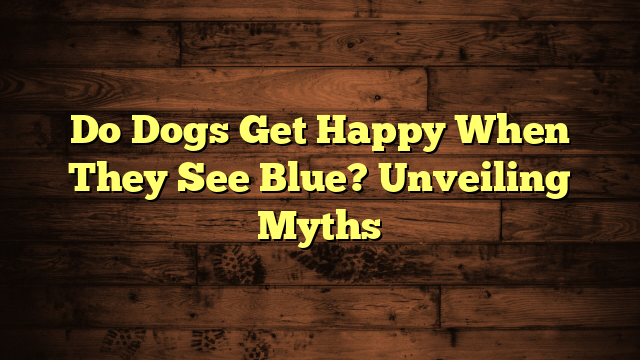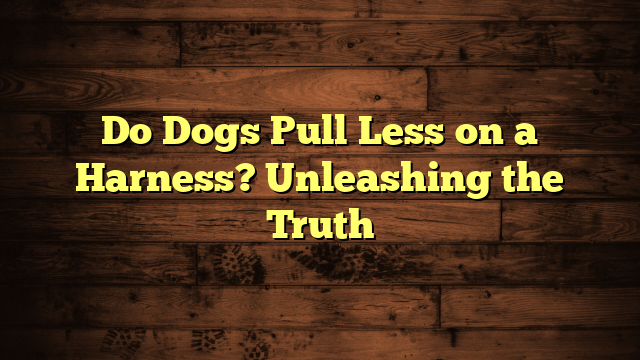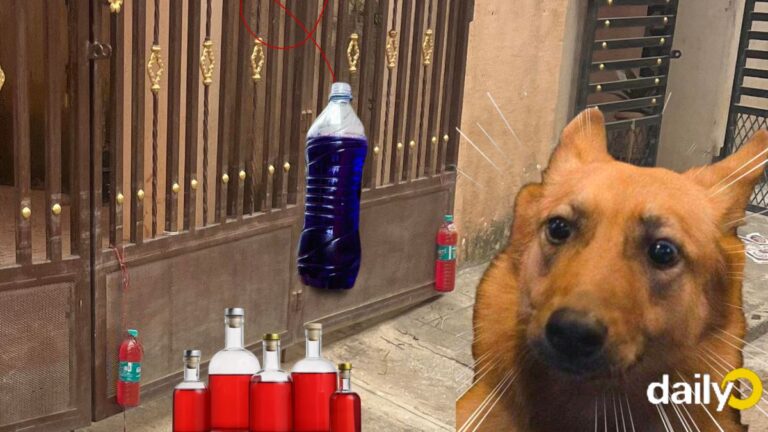Do Dogs Need Crate Or Car Seat? Essential Safety Tips
Dogs need either a crate or a car seat for safe travel. Both options ensure their security and comfort.
Ensuring your dog’s safety during car rides is crucial. A crate or car seat provides the necessary protection and prevents distractions for the driver. Crates offer a confined space, reducing anxiety for some dogs. Car seats elevate smaller dogs, allowing them to see outside and stay secure.
Both options help in case of sudden stops or accidents. Choosing the right one depends on your dog’s size, behavior, and comfort level. Prioritizing your dog’s safety not only protects them but also ensures a stress-free journey for everyone involved. Make an informed choice to keep your furry friend safe on the road.
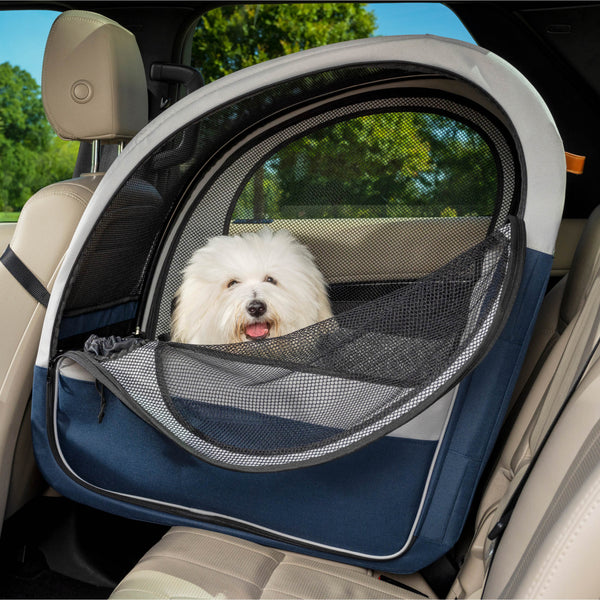
Credit: www.petsafe.com
The Safety Debate: Crates Vs. Car Seats For Dogs
Choosing the right safety option for your dog during car rides is crucial. Two popular choices are crates and car seats. Both have their own sets of benefits and drawbacks. Let’s dive into the details to help you make an informed decision.
Pros And Cons Of Crating
Crates provide a secure space for dogs in the car. They can be especially useful for longer trips.
| Pros | Cons |
|---|---|
| Prevents distractions for the driver | Can be bulky and hard to fit in small cars |
| Offers a familiar environment for the dog | May limit the dog’s visibility and interaction |
| Reduces the risk of injury in an accident | Can be uncomfortable for long periods |
Crates also help in keeping your car clean. They contain any mess your dog might make.
Benefits Of Using A Car Seat
Car seats for dogs are designed to provide comfort and safety. They are often easier to install and remove.
- Enhanced comfort: Many car seats have padding and support, making the ride comfortable for your dog.
- Visibility: Dogs can look out the window, reducing anxiety and boredom.
- Ease of use: Car seats are often easier to set up and take down than crates.
Car seats are also great for smaller dogs. They provide a secure place to sit without taking up much space.
Both crates and car seats have their advantages and disadvantages. Consider your dog’s size, comfort, and your car’s space before making a choice.
How To Choose The Right Crate
Choosing the right crate for your dog can be challenging. The perfect crate ensures safety, comfort, and durability. This section will help you select the best crate for your furry friend.
Size Matters: Finding The Perfect Fit
A crate should provide enough space for your dog to stand, turn, and lie down comfortably. Measure your dog’s length and height. Compare these measurements with crate sizes. Most crates come in various sizes, from small to extra-large. A crate too big or too small can cause discomfort.
- Small dogs (e.g., Chihuahuas) need small crates.
- Medium dogs (e.g., Beagles) require medium crates.
- Large dogs (e.g., Labradors) need large crates.
- Extra-large dogs (e.g., Great Danes) need extra-large crates.
Material Choices For Durability And Comfort
Crates come in various materials, each with unique benefits. Choose a crate that suits your dog’s needs and your lifestyle.
| Material | Benefits |
|---|---|
| Wire Crates | Good ventilation, easy to clean, collapsible for storage. |
| Plastic Crates | Lightweight, more enclosed for comfort, ideal for travel. |
| Soft-sided Crates | Portable, lightweight, comfortable for short trips. |
| Wooden Crates | Stylish, blends with home decor, sturdy. |
Each material has pros and cons. Consider your dog’s behavior and your needs. Wire crates offer excellent ventilation and are easy to clean. Plastic crates are lightweight and ideal for travel. Soft-sided crates are portable and comfortable but not for chewers. Wooden crates are stylish and sturdy but heavier and harder to clean.
Selecting The Best Dog Car Seat
When traveling with your furry friend, their safety is a top priority. Selecting the best dog car seat ensures your dog stays secure and comfortable. With various options available, picking the right one can be challenging. This section will guide you through the different types of dog car seats and the features to look for in a car seat.
Types Of Dog Car Seats
There are several types of dog car seats to choose from. Each type offers different benefits and features.
- Booster Seats: These elevate your dog, providing them a better view through the windows.
- Bucket Seats: These cradle your dog comfortably while keeping them secure.
- Hammock-Style Seats: These cover the back seat and prevent your dog from falling to the floor.
- Console Seats: These fit between the front seats, suitable for small dogs.
Features To Look For In A Car Seat
When choosing a dog car seat, consider the following features:
| Feature | Description |
|---|---|
| Safety Straps | Ensure the seat has secure straps to keep your dog in place. |
| Comfort | Look for padded seats to provide comfort during long trips. |
| Size | Choose a seat that fits your dog’s size and weight. |
| Easy Installation | Opt for seats that are easy to install and remove. |
| Durability | Select a car seat made of durable materials for long-lasting use. |
Choosing the right car seat for your dog ensures they travel safely and comfortably. Consider these features and types to make the best choice for your furry friend.
Training Your Dog For Safe Travels
Ensuring your dog is safe during travels is crucial. It not only protects your pet but also ensures your safety while driving. Whether you choose a crate or car seat, proper training is essential. Let’s explore how to train your dog for safe travels.
Introducing Your Dog To The Crate Or Car Seat
Start by placing the crate or car seat in a familiar area at home. Allow your dog to explore it at their own pace. Make the crate or car seat comfortable with their favorite blanket or toy. Gradually, move the crate or car seat to the car.
Here is a simple table to guide you through the process:
| Step | Description |
|---|---|
| 1 | Place the crate or car seat in a familiar area. |
| 2 | Allow your dog to explore it. |
| 3 | Add a blanket or toy for comfort. |
| 4 | Gradually move it to the car. |
Positive Reinforcement Techniques
Positive reinforcement is key to successful training. Use treats and praise to encourage your dog to enter the crate or car seat. Here are some effective techniques:
- Treats: Reward your dog with a treat each time they enter the crate or car seat.
- Praise: Use a calm and happy voice to praise your dog.
- Short Sessions: Keep training sessions short to prevent stress.
- Consistency: Be consistent with your commands and rewards.
Training your dog for safe travels requires patience and consistency. But with positive reinforcement, your dog will soon feel comfortable and safe in their crate or car seat.
Installation Tips For Crates And Car Seats
Ensuring your dog’s safety during car rides is crucial. Installing a crate or car seat correctly can make a big difference. Follow these tips to secure your pet effectively and ensure a comfortable journey for both of you.
Securing The Crate In Your Vehicle
Properly securing a crate in your vehicle is essential to keep your dog safe.
- Choose the Right Size: The crate should be large enough for your dog to stand, turn around, and lie down comfortably.
- Position the Crate: Place the crate in the back seat or cargo area. Avoid putting it in the front seat due to airbags.
- Use Seat Belts: Thread the seat belt through the crate’s handles or loops. This keeps the crate in place during sudden stops.
- Anchor with Straps: Use additional straps to anchor the crate to the car’s seat anchors or cargo hooks.
- Ensure Ventilation: Make sure the crate has adequate ventilation. Your dog needs fresh air during the ride.
Attaching A Car Seat Safely
Car seats designed for pets provide extra security and comfort.
- Choose the Right Car Seat: Pick a car seat that fits your dog’s size and weight.
- Install According to Instructions: Follow the manufacturer’s instructions for installation. Each car seat may have different steps.
- Use the Seat Belt: Secure the car seat with the vehicle’s seat belt. This provides stability during the ride.
- Attach Safety Harness: Connect your dog’s harness to the car seat’s safety tether. This prevents your dog from moving around too much.
- Check Stability: Ensure the car seat is stable and doesn’t move. Adjust the straps if necessary.
Proper installation of a crate or car seat keeps your dog safe. It also provides peace of mind for you.

Credit: www.petsafe.com
Traveling With Your Dog: Safety Practices
Traveling with your dog can be an enjoyable experience. Ensuring their safety during the trip is crucial. Proper safety practices can prevent accidents and discomfort for your furry friend. This section will discuss essential safety measures to follow when traveling with your dog.
Avoiding Distractions While Driving
Distractions can lead to accidents. It’s important to keep your dog secure. Use a crate or a car seat designed for pets. These items prevent your dog from moving around. They also protect your dog in case of sudden stops.
- Crates: Ensure the crate is well-ventilated and the right size for your dog.
- Car Seats: These are padded and often come with harnesses for added safety.
Always place the crate or car seat in the back seat. This position is safer for your dog. It also minimizes distractions for the driver.
Regular Breaks And Hydration
Long trips require regular breaks. Stop every two to three hours. This allows your dog to stretch and relieve themselves. It also gives them a chance to drink water.
| Activity | Frequency |
|---|---|
| Stretching | Every 2-3 hours |
| Hydration | Offer water at each stop |
Carry a portable water bowl. This makes it easy to give your dog water during breaks. Keeping your dog hydrated is vital, especially in hot weather. Dehydration can lead to health issues.
By following these safety practices, you can ensure a safe and enjoyable trip for both you and your dog.
Emergency Preparedness: What To Know
Being ready for emergencies is crucial for dog owners. It’s essential to keep your pet safe during unexpected situations. Whether you’re using a crate or a car seat, preparedness can make a big difference.
First Aid And Safety Kits
Every pet owner should have a first aid kit for their dog. These kits should include:
- Bandages
- Gauze pads
- Antiseptic wipes
- Hydrogen peroxide
- Digital thermometer
- Tweezers
A safety kit is also important. It might contain:
- Collapsible water bowl
- Extra leash and collar
- Blanket
- Emergency food supply
- Flashlight
Escape Plans And Emergency Contacts
Having an escape plan is vital. Know the quickest exits in your home. Ensure your dog can be quickly placed in a crate or car seat.
Keep a list of emergency contacts handy. This should include:
| Contact | Phone Number |
|---|---|
| Veterinarian | (555) 123-4567 |
| Emergency Vet Clinic | (555) 987-6543 |
| Animal Control | (555) 111-2222 |
Store these numbers in your phone. Also, have a written copy in your kit. Being prepared can save your pet’s life during emergencies.
Legal And Insurance Considerations
Traveling with dogs involves more than just their comfort. Legal and insurance considerations play a crucial role. Understanding these aspects ensures both safety and compliance. Read on to learn more about the laws and insurance coverage related to pet travel.
Understanding Pet Travel Laws
Pet travel laws vary by location. In many places, dogs must be restrained in vehicles. This can mean using a crate or a pet car seat. Unrestrained pets can lead to fines and legal trouble.
Some countries have specific rules about pet travel safety. For instance, in the UK, the Highway Code requires pets to be restrained. In many US states, loose pets can result in penalties. Always check local laws before traveling.
Insurance Coverage For Pet Travel
Insurance coverage for pet travel can be complex. Some car insurance policies cover pets, but not all do. It’s important to review your policy.
Consider adding pet insurance for travel. This can cover medical costs if your pet gets injured. Some policies also cover third-party liabilities if your pet causes an accident.
| Aspect | Details |
|---|---|
| Pet Restraint Laws | Varies by location; typically requires pets to be secured |
| Insurance Coverage | Check if your policy includes pets; consider additional pet insurance |
| Penalties | Fines and legal issues for unrestrained pets |

Credit: www.amazon.com
Frequently Asked Questions
Can A Dog Ride In A Car Without A Crate?
Yes, a dog can ride in a car without a crate. Use a seat belt harness or a pet barrier for safety.
Do You Need A Car Seat For A Dog?
Yes, a car seat for a dog enhances safety during travel. It prevents distractions and protects your pet in accidents.
Do Dogs Need To Be In A Cage In A Car?
Dogs should be secured in a car for safety. Use a cage, crate, or dog seat belt. This prevents distractions and injuries.
Should I Put My Dog In A Crate On A Car Ride?
Yes, using a crate during car rides is safer for your dog. It prevents distractions and protects them in accidents.
Conclusion
Choosing between a crate or car seat depends on your dog’s comfort and safety. Both options offer unique benefits. Ensure your dog’s travel solution fits their size and needs. Safe and comfortable travel makes every journey enjoyable for both you and your furry friend.
Prioritize their well-being for happier adventures together.
- Can I Get in a Taxi Without a Car Seat? - January 26, 2025
- Can I Get Chlamydia From a Toilet Seat? - January 26, 2025
- Can I Get an Uber With a Car Seat? - January 26, 2025

